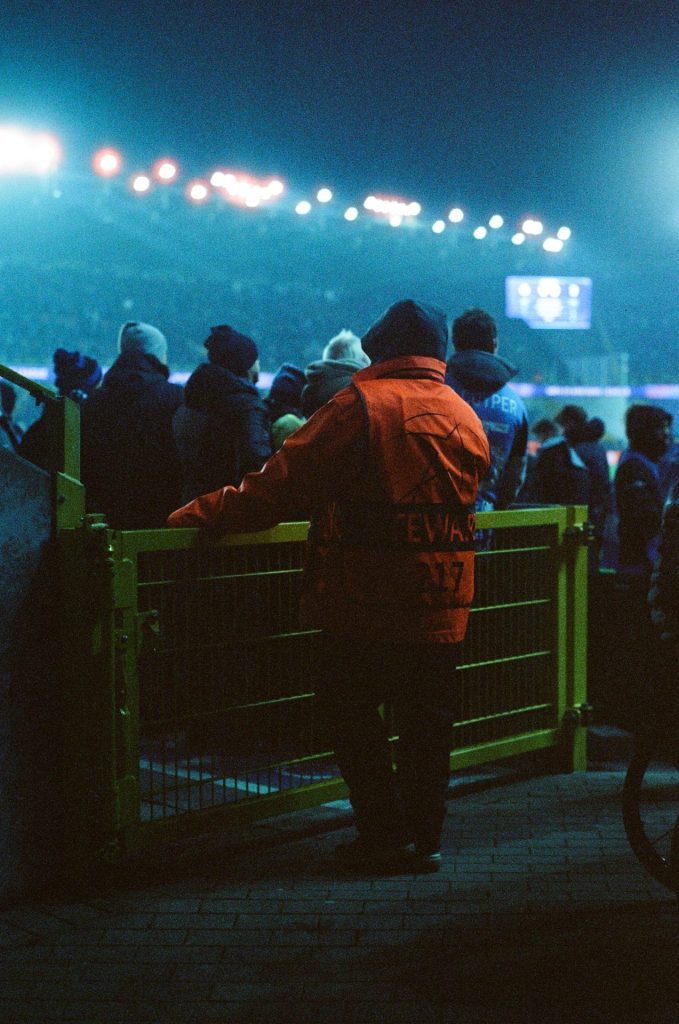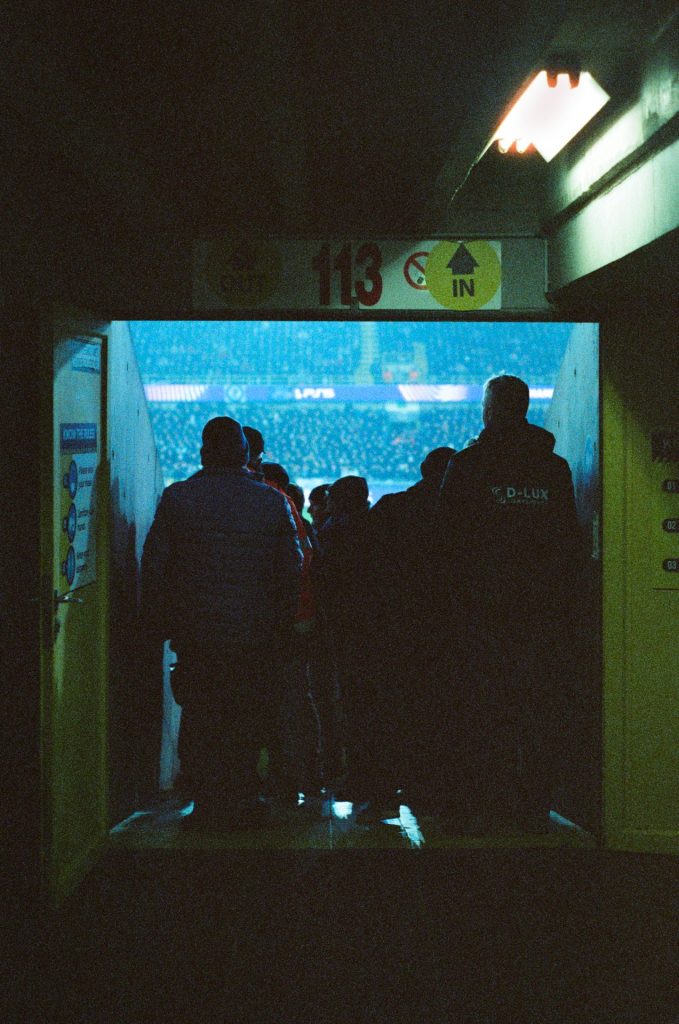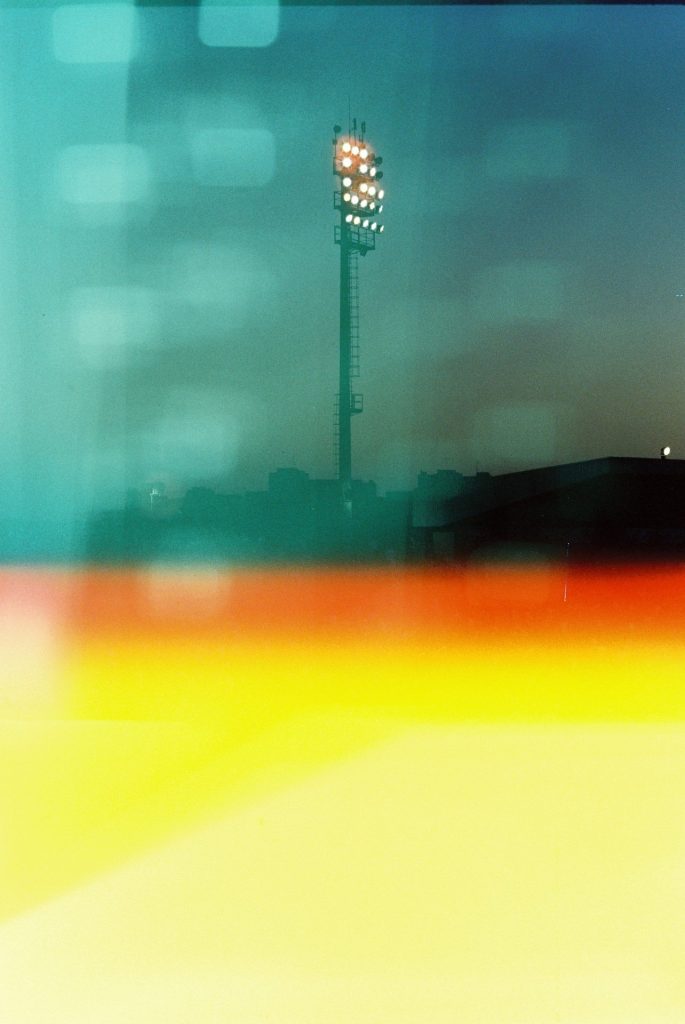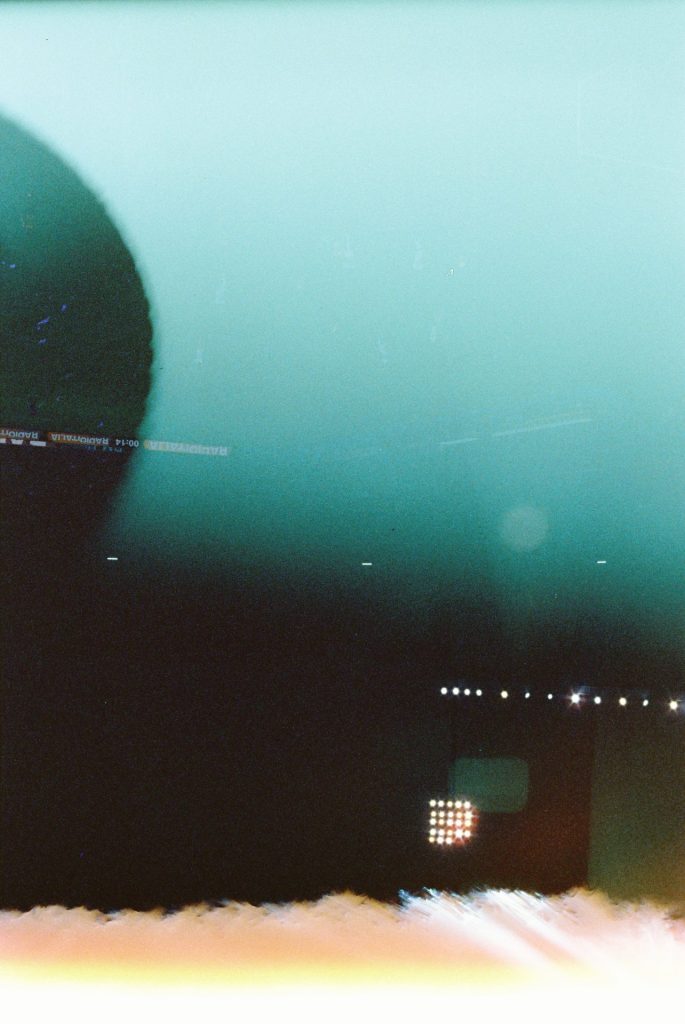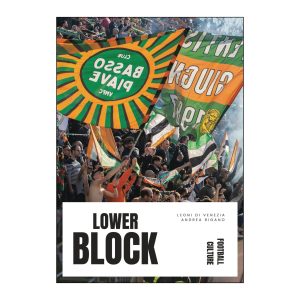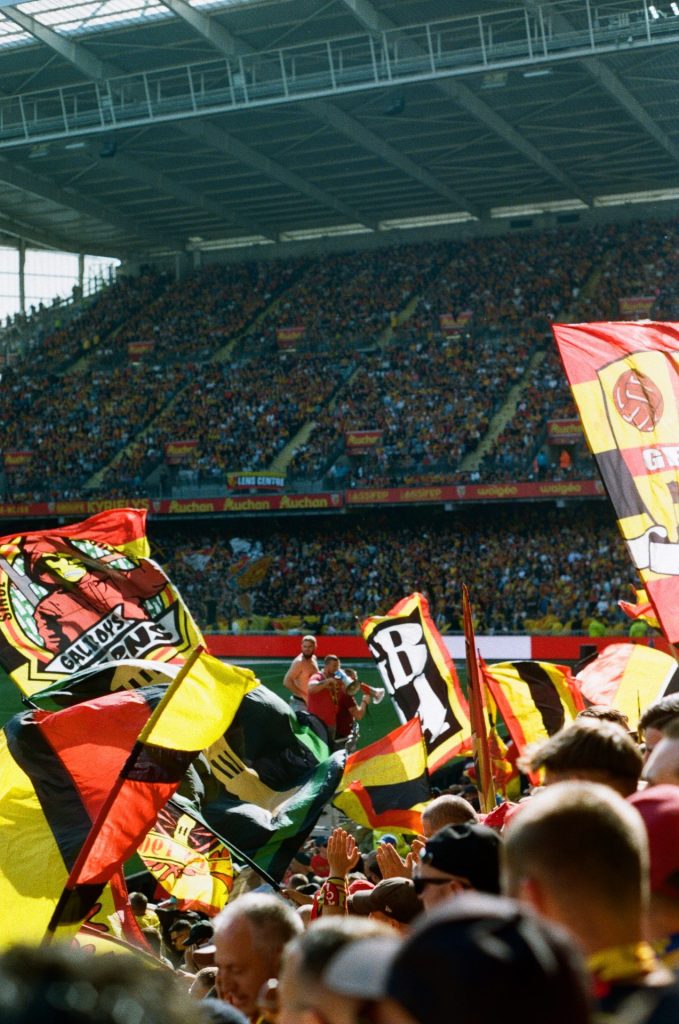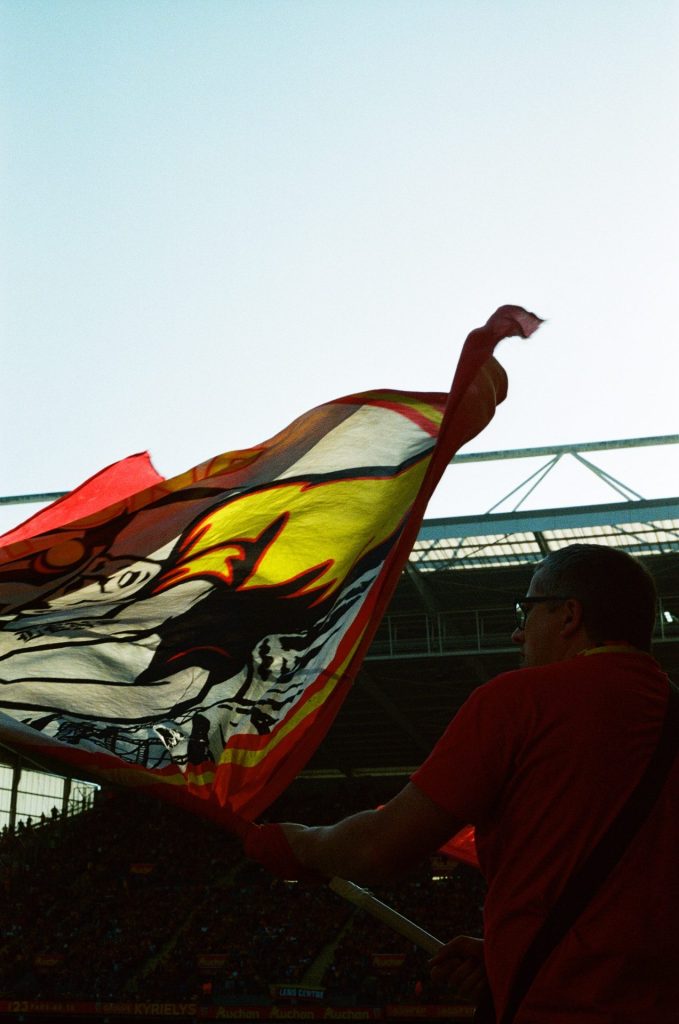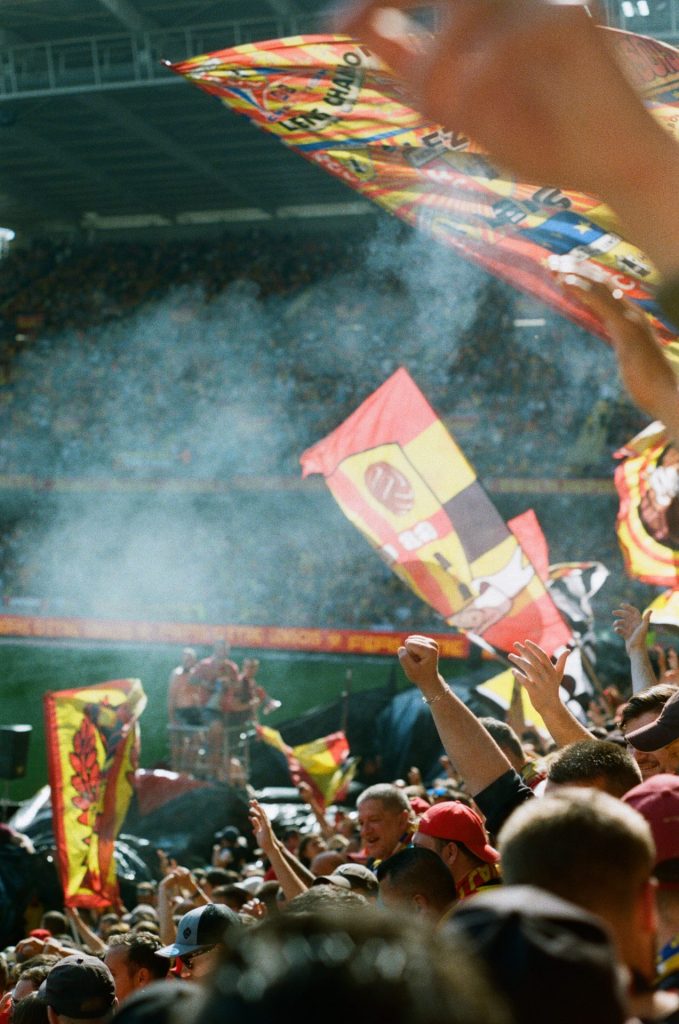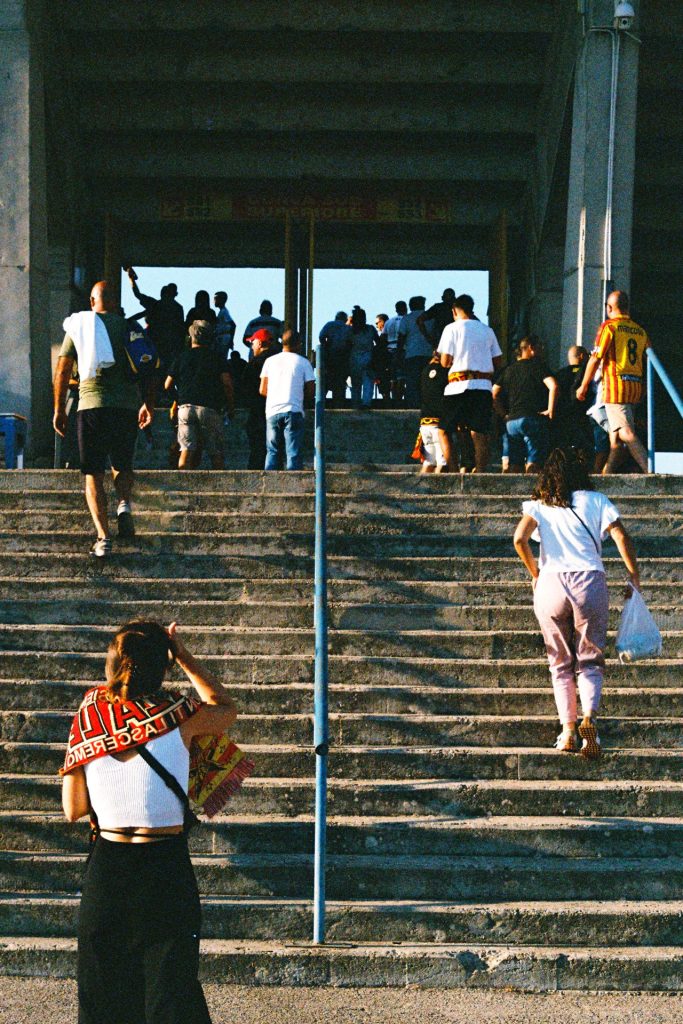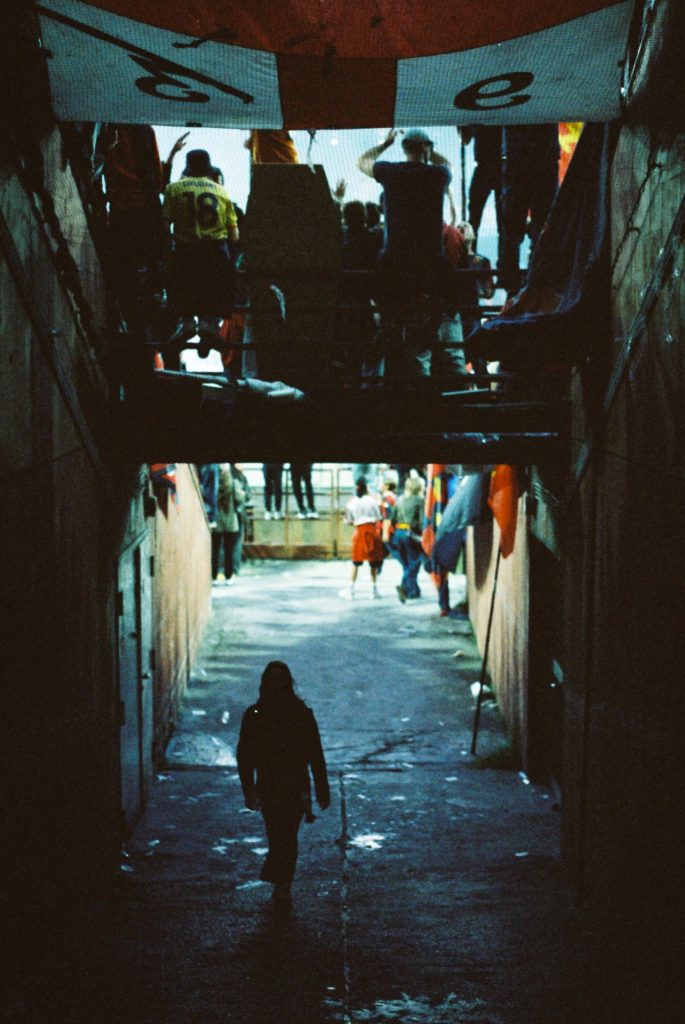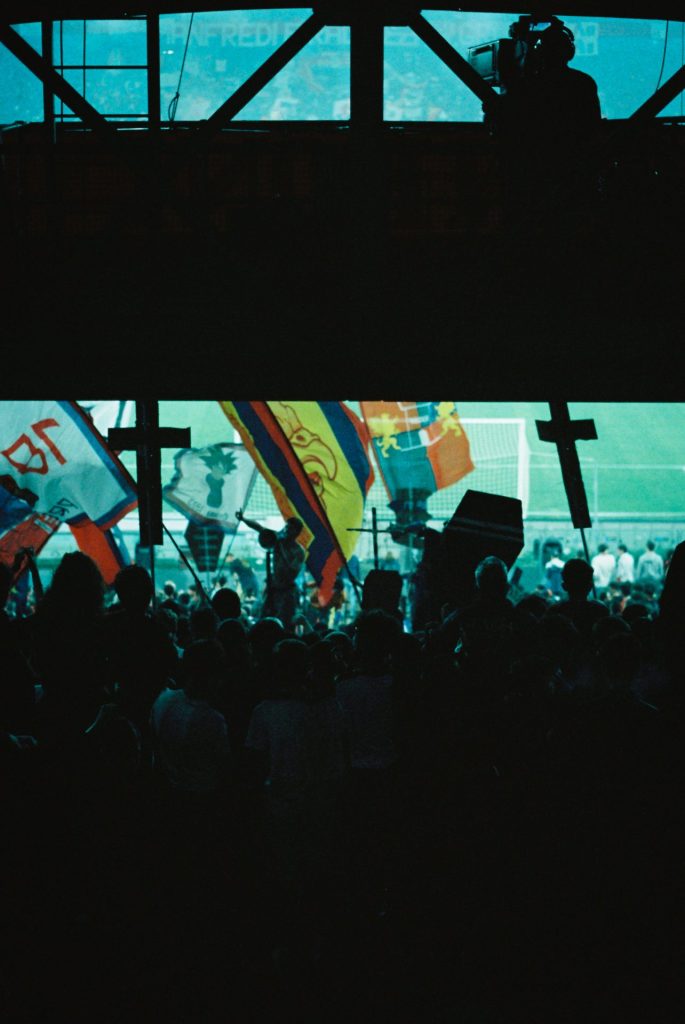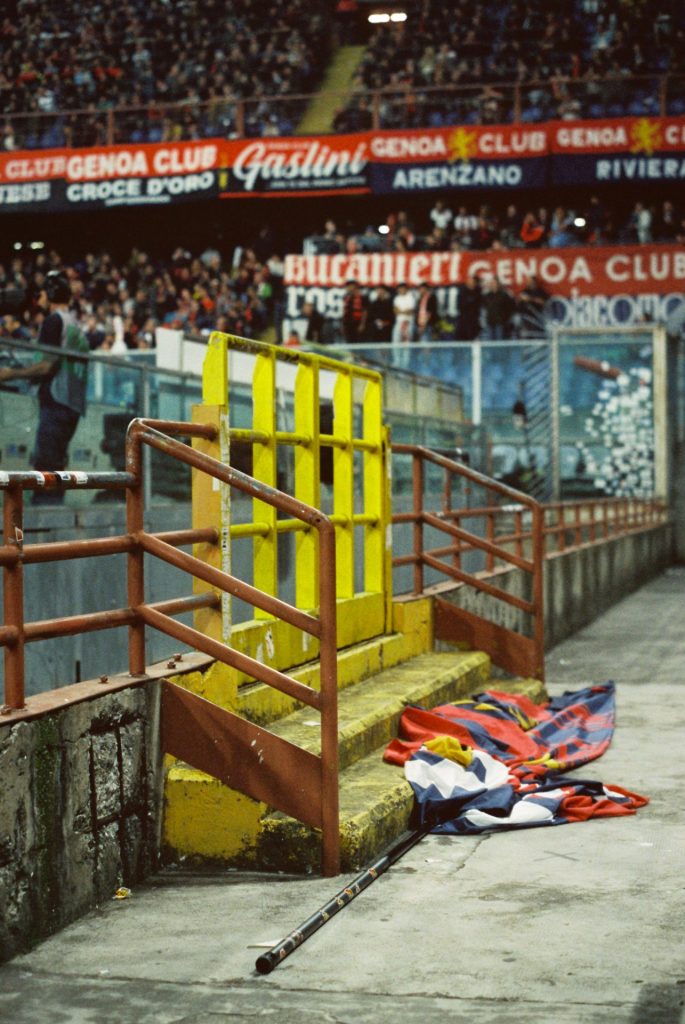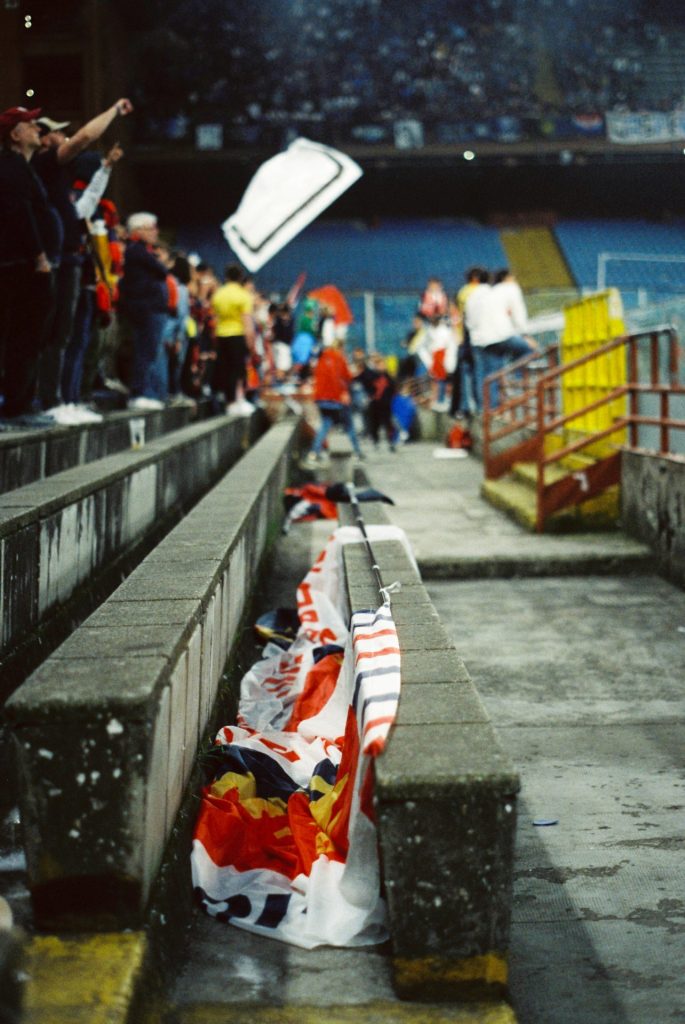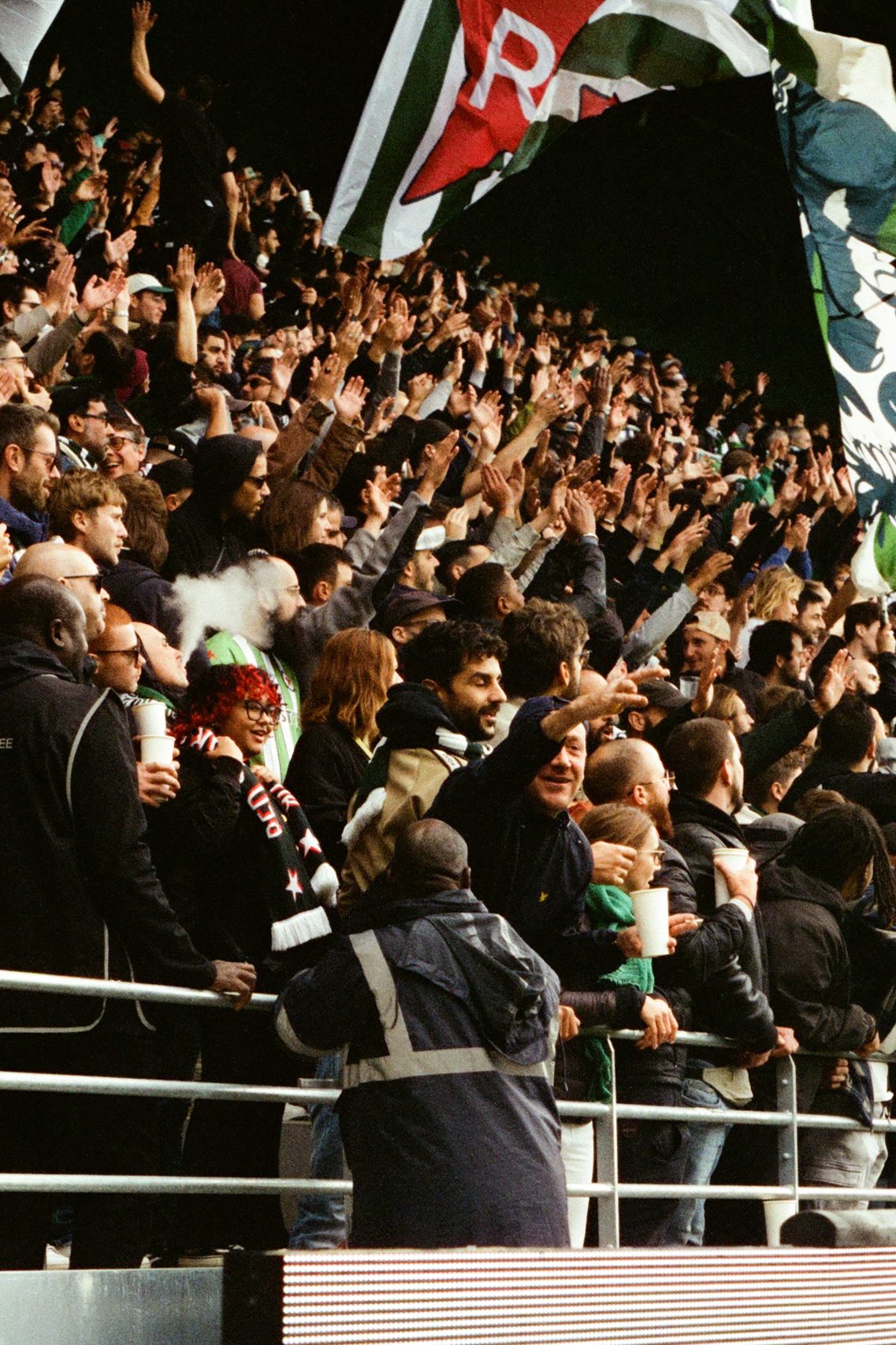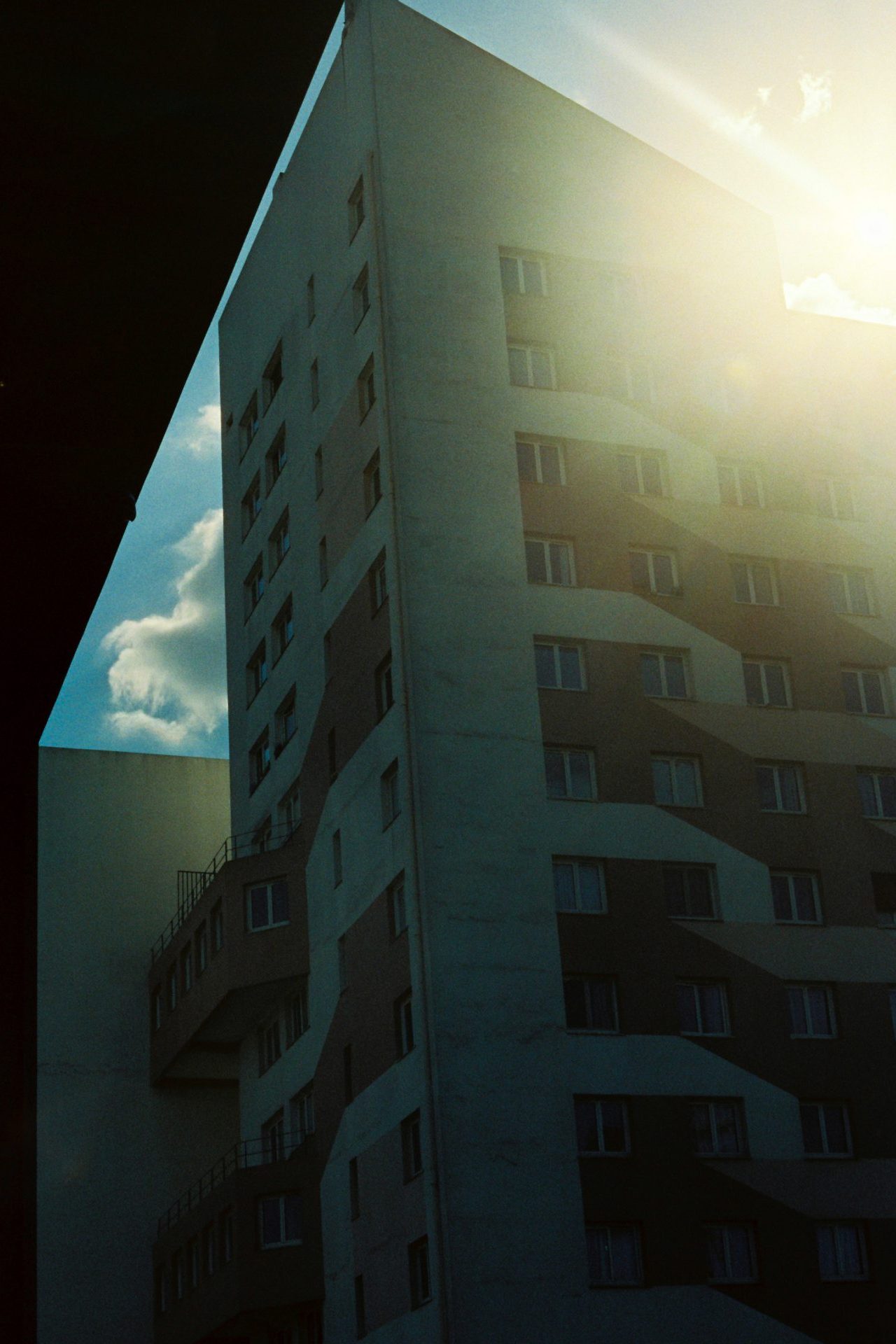From the quiet fields of Gorgo al Monticano to the terraces of Paris and beyond, Vittorio Moro has followed football not just as a game, but as a living faith. A Juventino by blood, a creative by instinct, and a photographer by necessity, his journey runs through design studios in Milan and Berlin, the press office of Venezia FC during their return to Serie A, and even a Parisian café that financed his film rolls. Moro’s work captures the essence of football’s culture and lifestyle – the chants, the rituals, the silences, the raw light and shadow that echo his Caravaggio obsession. His photographs are not souvenirs of matches, but timeless fragments of identity and belonging, visual testaments to the passion that still binds fans together even as stadiums risk emptying. This feature explores his story, his inspirations, and the images through which he keeps football’s spirit alive.
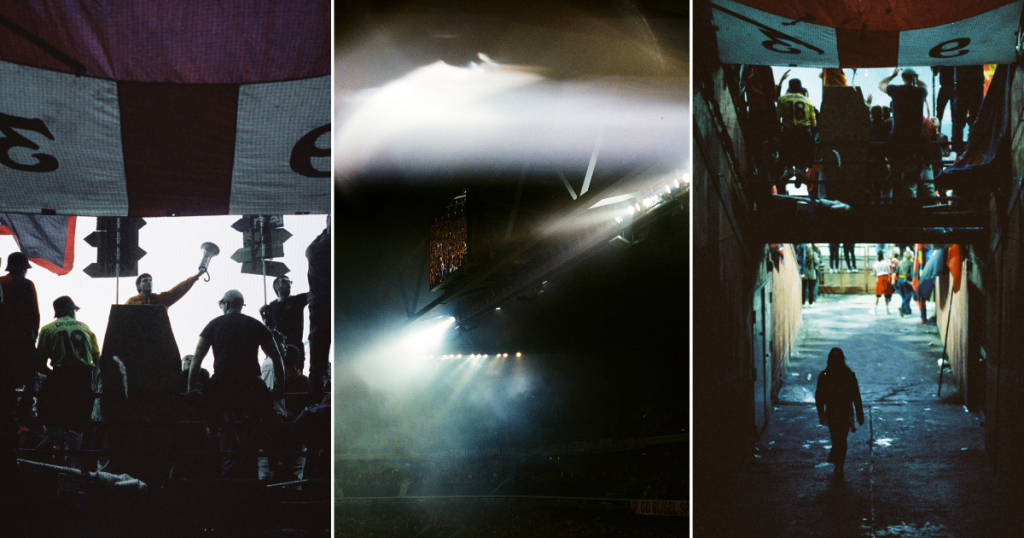
“I’ve been living in Paris for three years, but I come from a small countryside town in north-eastern Italy, located between Treviso and Venice: Gorgo al Monticano.
I wouldn’t really know how to describe myself, because I haven’t had a linear, well-defined career like most people. I’ve worked for several years in different studios between home, Milan, Venice, Seoul, and Berlin as a graphic designer. Later, I had the opportunity and honour to be part of the communication department of Venezia FC in the year of their return to Serie A. After that, I found myself running a café in the centre of Paris to make a living and to afford the film rolls for my Pentax. Now, I’m right in the middle of a new project that I hope will lead to the creation of a sports communication agency. Let’s just say I’m a creative person, after all.
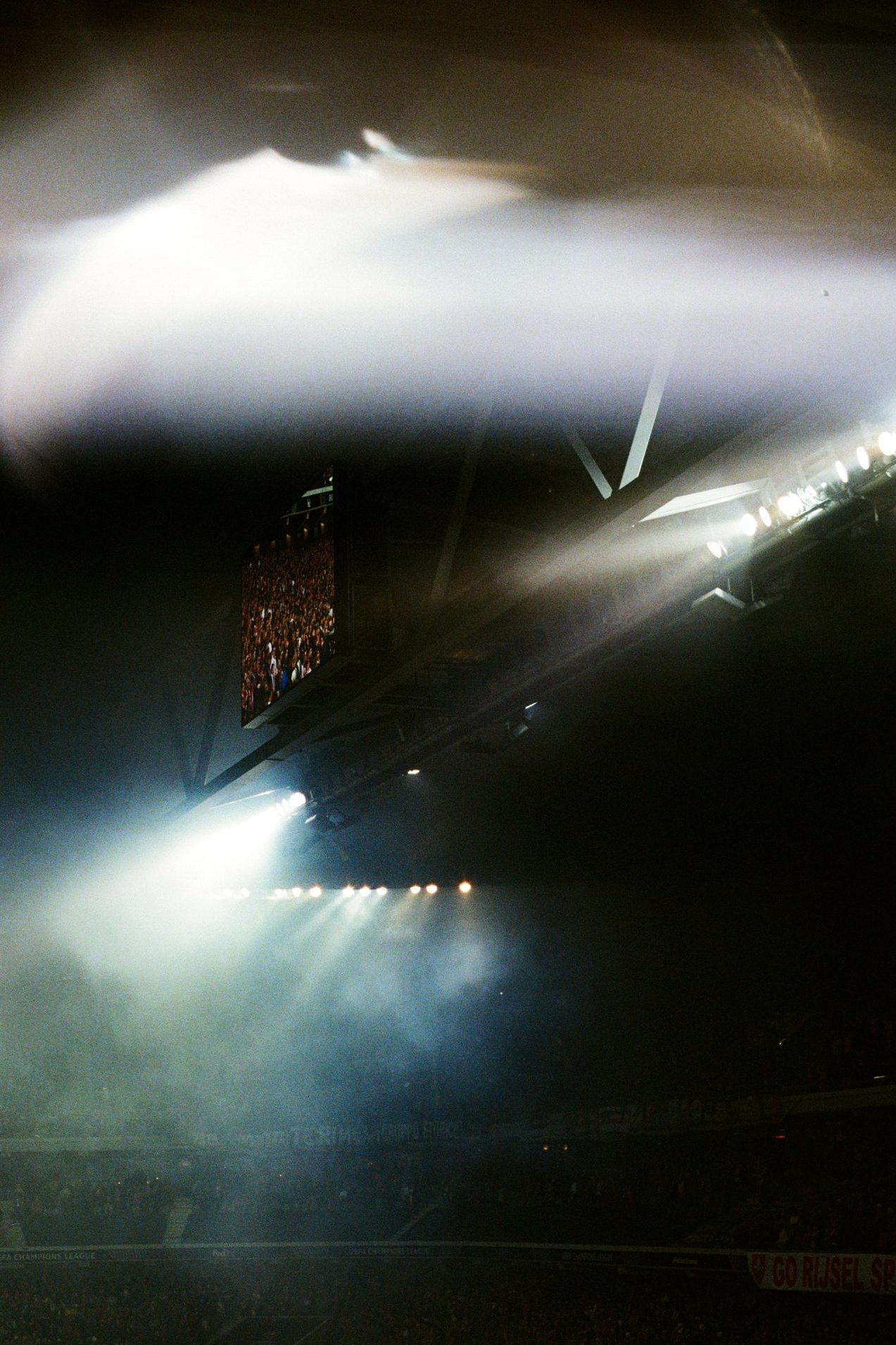
I was born a Juventino and I’ll die a Juventino, even if this current hyper-marketing-focused direction the club is taking doesn’t really reflect who we are. I truly miss the days when the Agnelli family was in charge, with historic figures like the Triade. Still, looking back, I can say I’ve been lucky enough to witness that incredible team with Pirlo orchestrating the midfield.
“I’ve cried so many times at the stadium, and I’ve never been ashamed of it.”
Vittorio Morro
Juventus has always been a way of life for me, reminding me in many ways of my own family: on one hand, there was the rigor and firmness of an industrial-rooted family (mine is known for founding one of the most important dairies in Italy, while there’s no need to introduce the Agnelli family), and on the other, the awareness that an individual’s flair can often be decisive to win. That’s why we’ve had so many Ballon d’Or winners – among them my Pavel Nedvěd, who made me shed rivers of tears after that yellow card against Real Madrid (Nedvěd received a yellow card in the 2003 Champions League semi-final against Real for a needless foul, which resulted in him being suspended for the final against AC Milan).
Football was passed down to me from my mother’s side of the family: my mother, in love with Roberto Baggio; a group of uncles who were all AC Milan fans; and then my paternal grandfather with his elegance in leafing through La Gazzetta dello Sport. He was never the kind of partisan supporter who only saw his own team: instead, he always knew how to be respectful and ready to applaud the opponent, even in the case of a defeat for his beloved Juventus.
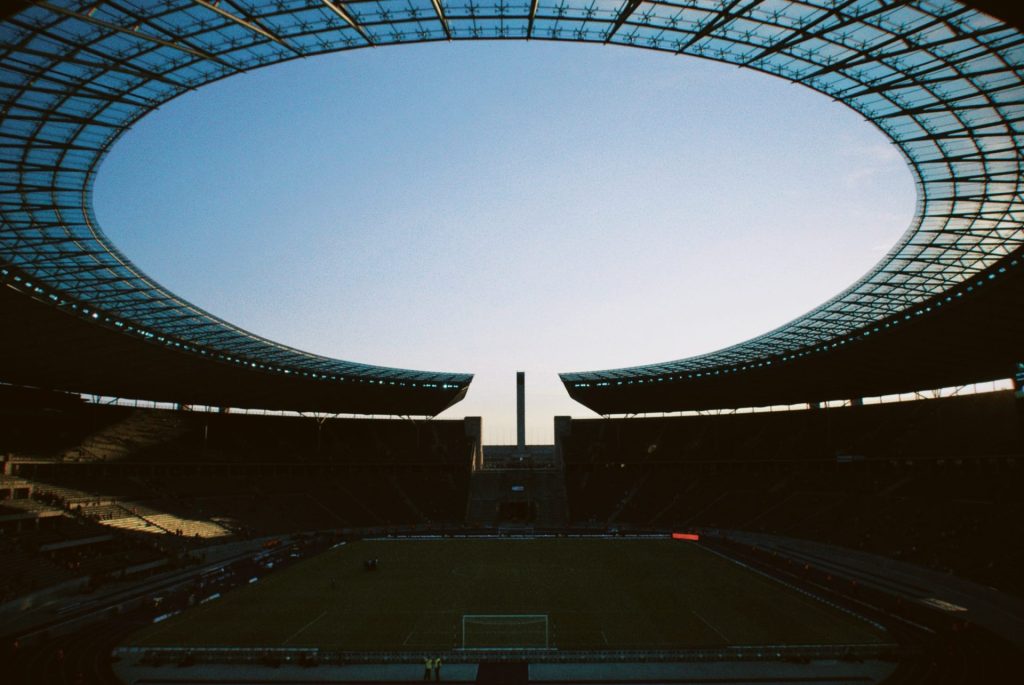
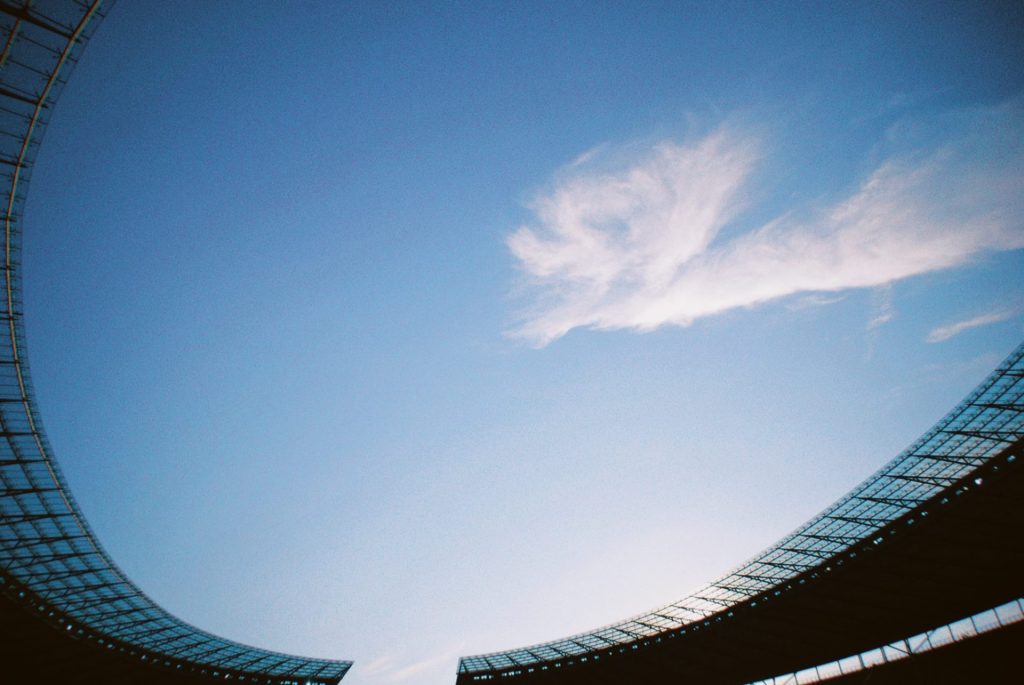
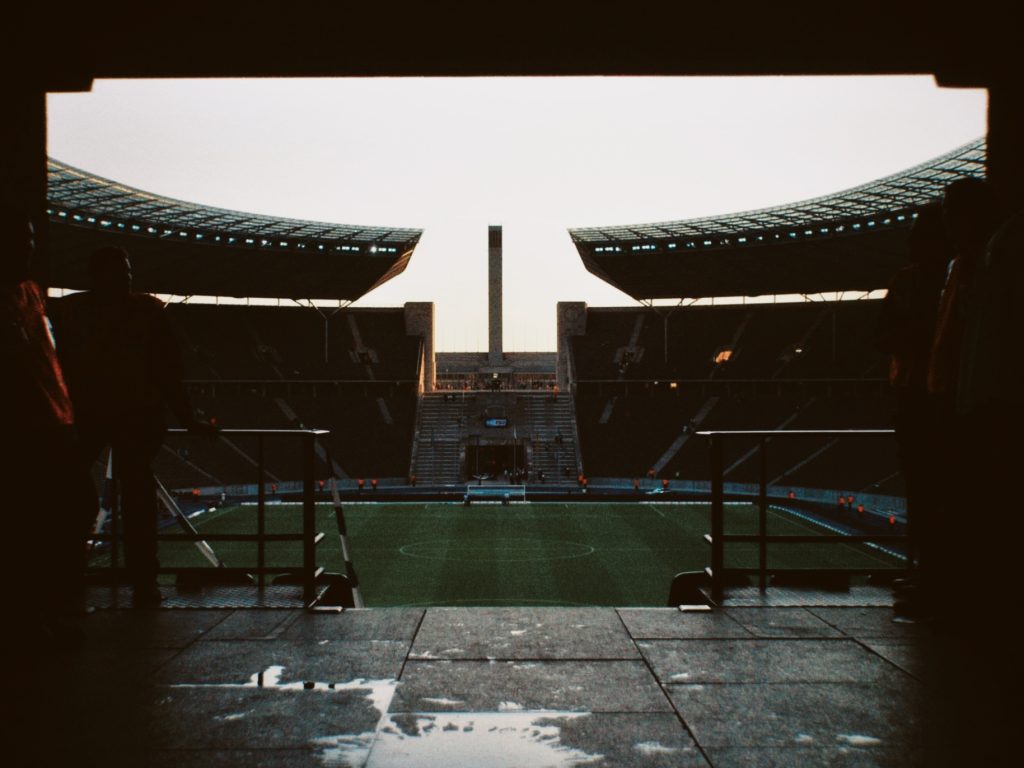
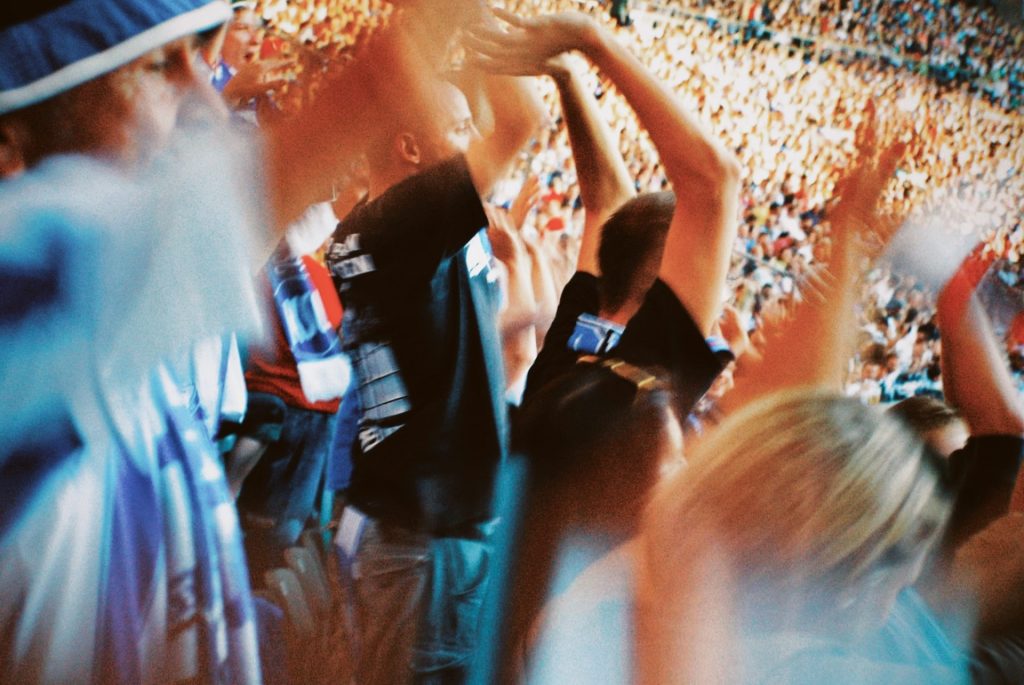
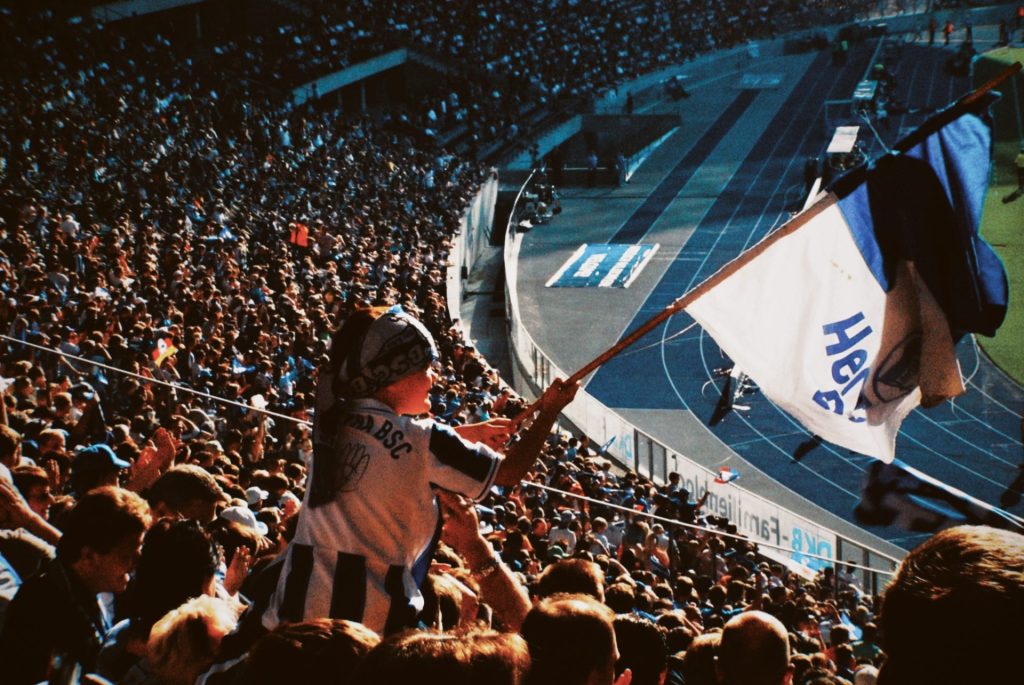
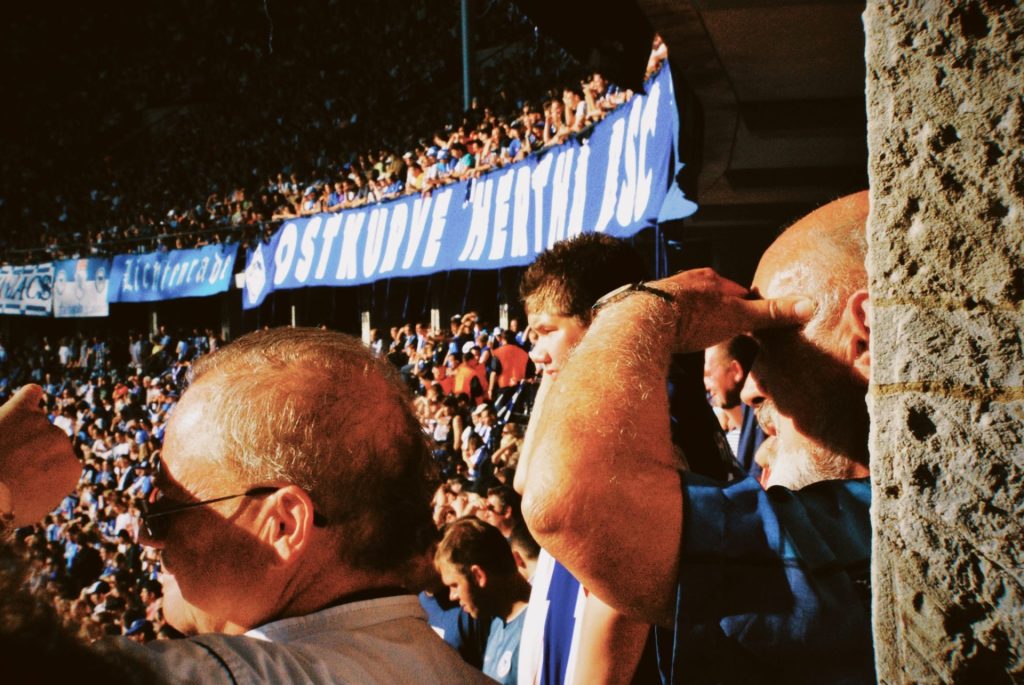
The 2006 Calciopoli scandal remains an open wound: league titles were stripped from Juventus and handed as gifts to Inter, despite them finishing twenty points behind us on the pitch. The paradox is that Inter itself – with Facchetti’s wiretaps buried, Tronchetti Provera then at the helm of Telecom Italia, and Guido Rossi as FIGC president who had previously been a Nerazzurri associate – managed to portray itself as a champion of legality. In reality, it was the first and foremost beneficiary of a corrupted system, tailor-made to overturn both sporting and media truth.
This photo project began during my time working at Venezia FC, where I tried to collect as many memories as possible from that year. The equipment was what it was and the photos weren’t exceptional, but with time and commitment I got back on track and improved both technically and in terms of composition.
If you ask me what my favorite photo is, I’d say it’s the one I still have yet to take – but if I really have to choose one, then it would be this one from Genoa.
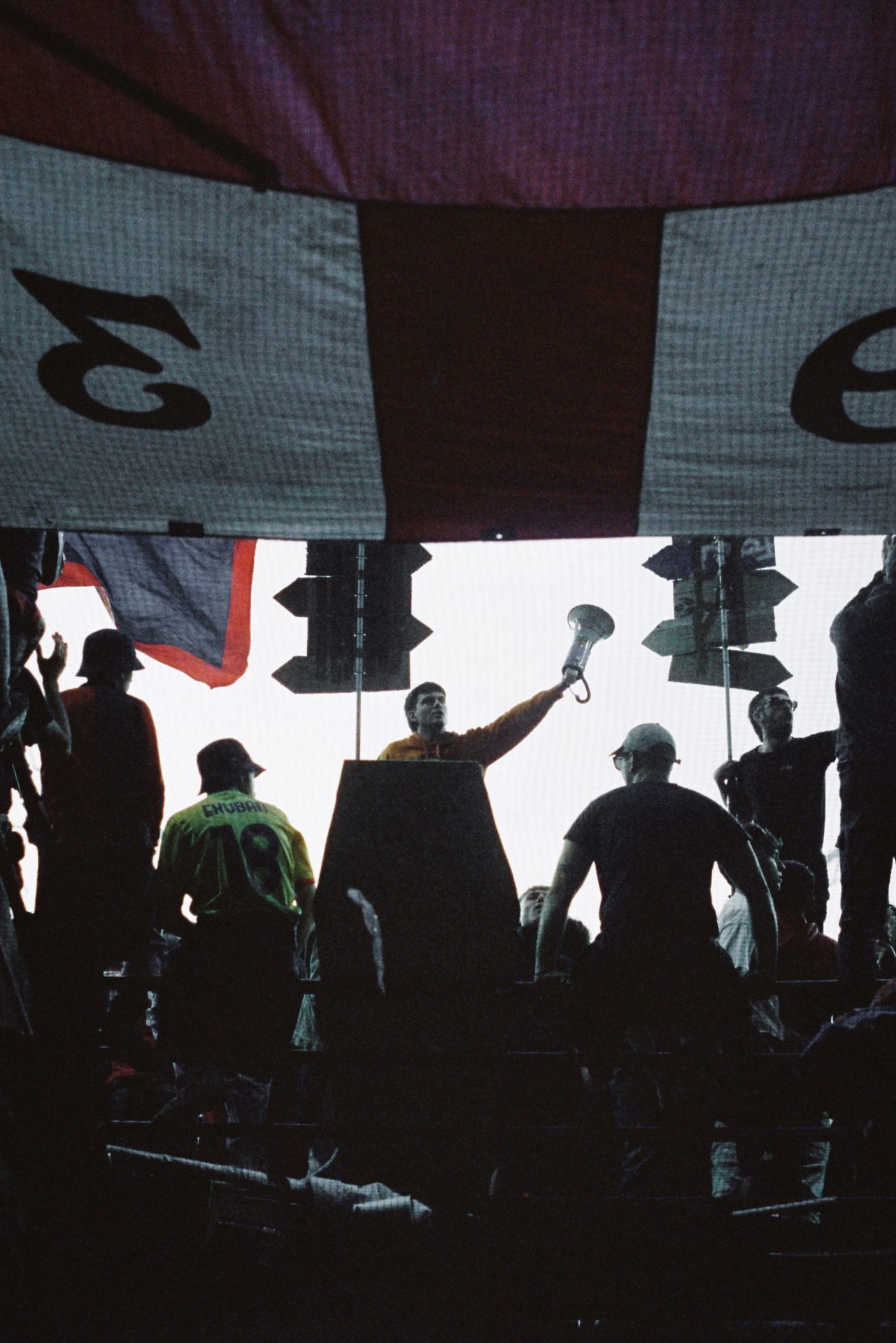
“A theatre of emotions, traditions, and rituals that say more about a community than any official narrative ever could.“
Vittorio Morro
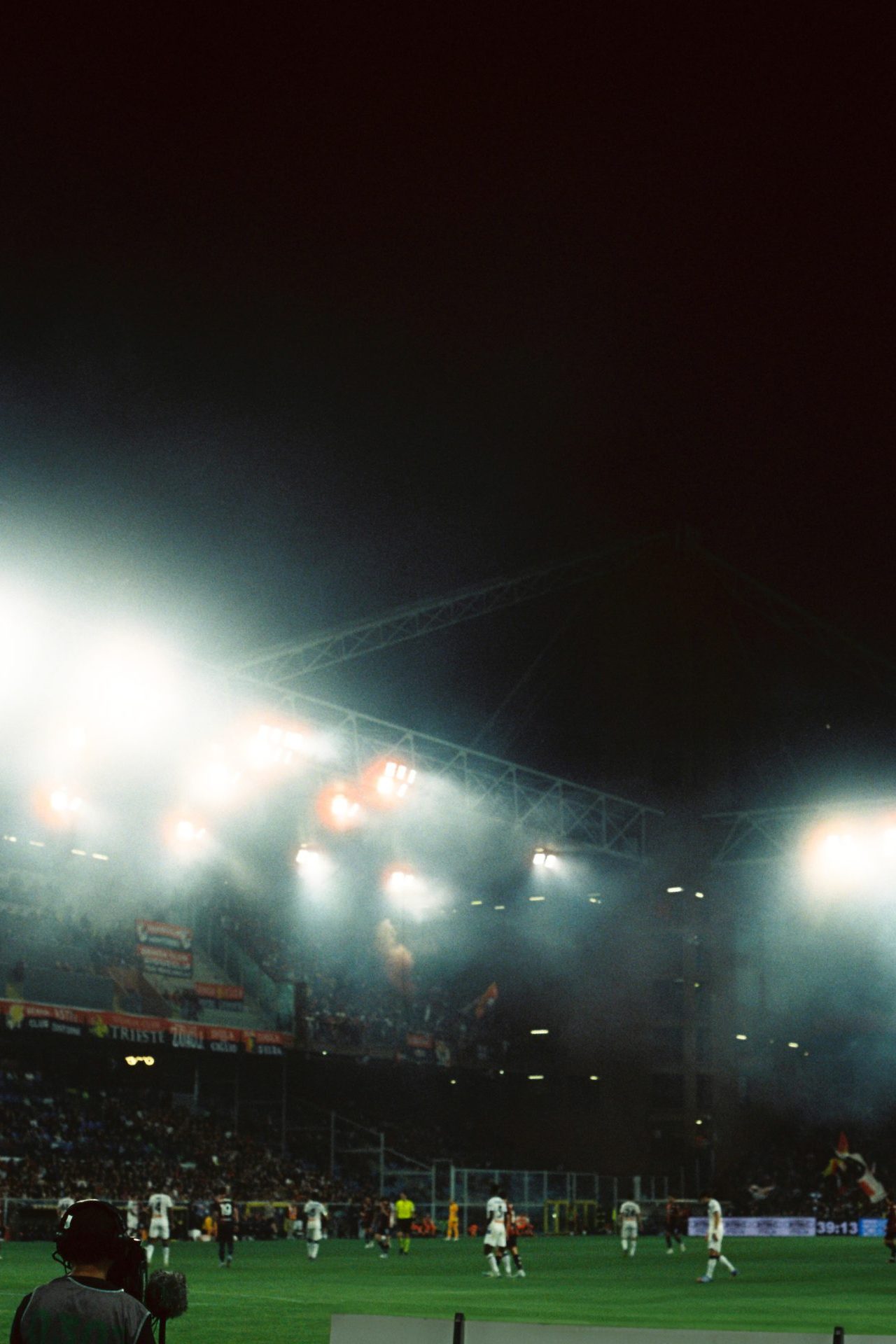
Light and shadow have always been among the subjects that fascinate me the most, perhaps because my favorite artist has always been Caravaggio, and to this day I still shiver when I see his work at San Luigi dei Francesi in Rome. In him I find the same dramatic force that I recognise in stadiums, places that I consider to hold a sacredness far more powerful than that of our churches. Churches, in fact, are now empty, stripped of meaning and of any apparent reason to exist. But more and more often, as I look at the stands, I wonder if the same is happening to football: stadiums slowly emptying, terraces less and less crowded, and with them the risk of losing that element of fandom which binds a community together around a single faith. This is my greatest fear: what will remain of this sport when there are no longer full stands nor those kinds of players capable of making us fall in love even beyond the football pitch?
What makes photographing football lifestyle and culture so fascinating is the raw authenticity it reveals. A stadium is never just a sports venue: it’s a theatre of emotions, traditions, and rituals that say more about a community than any official narrative ever could. In the faces of fans, in the banners, in the silences and in the chants, you can read history, pride, and belonging. Capturing these moments means preserving fragments of collective identity, fleeting instants that, once frozen in an image, become timeless testimonies of passion. For me, that’s the beauty: football is not only played on the pitch, it lives in the culture that surrounds it, and photography is the perfect medium to translate that invisible energy into something tangible. I’ve cried so many times at the stadium, and I’ve never been ashamed of it.
For me, I hope to remain “sick” with football forever.”
-
 Baggio Divine Mug£15.00
Baggio Divine Mug£15.00 -
 Lower Block x Tony Davis San Siro – Italia, 1990 T-Shirt White£40.00
Lower Block x Tony Davis San Siro – Italia, 1990 T-Shirt White£40.00 -
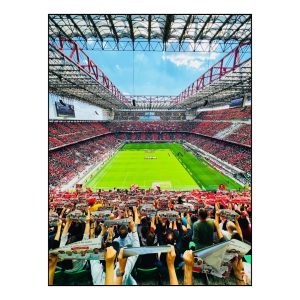 AC Milan Tifo – San Siro£50.00 – £75.00Price range: £50.00 through £75.00
AC Milan Tifo – San Siro£50.00 – £75.00Price range: £50.00 through £75.00 -
 San Siro Spirals£130.00 – £175.00Price range: £130.00 through £175.00
San Siro Spirals£130.00 – £175.00Price range: £130.00 through £175.00 -
 Napoli v Fiorentina 1987 | Mark Leech£8.50
Napoli v Fiorentina 1987 | Mark Leech£8.50 -
 Napoli – Campioni d’Italia | Boogie£8.50
Napoli – Campioni d’Italia | Boogie£8.50
You may also enjoy…
